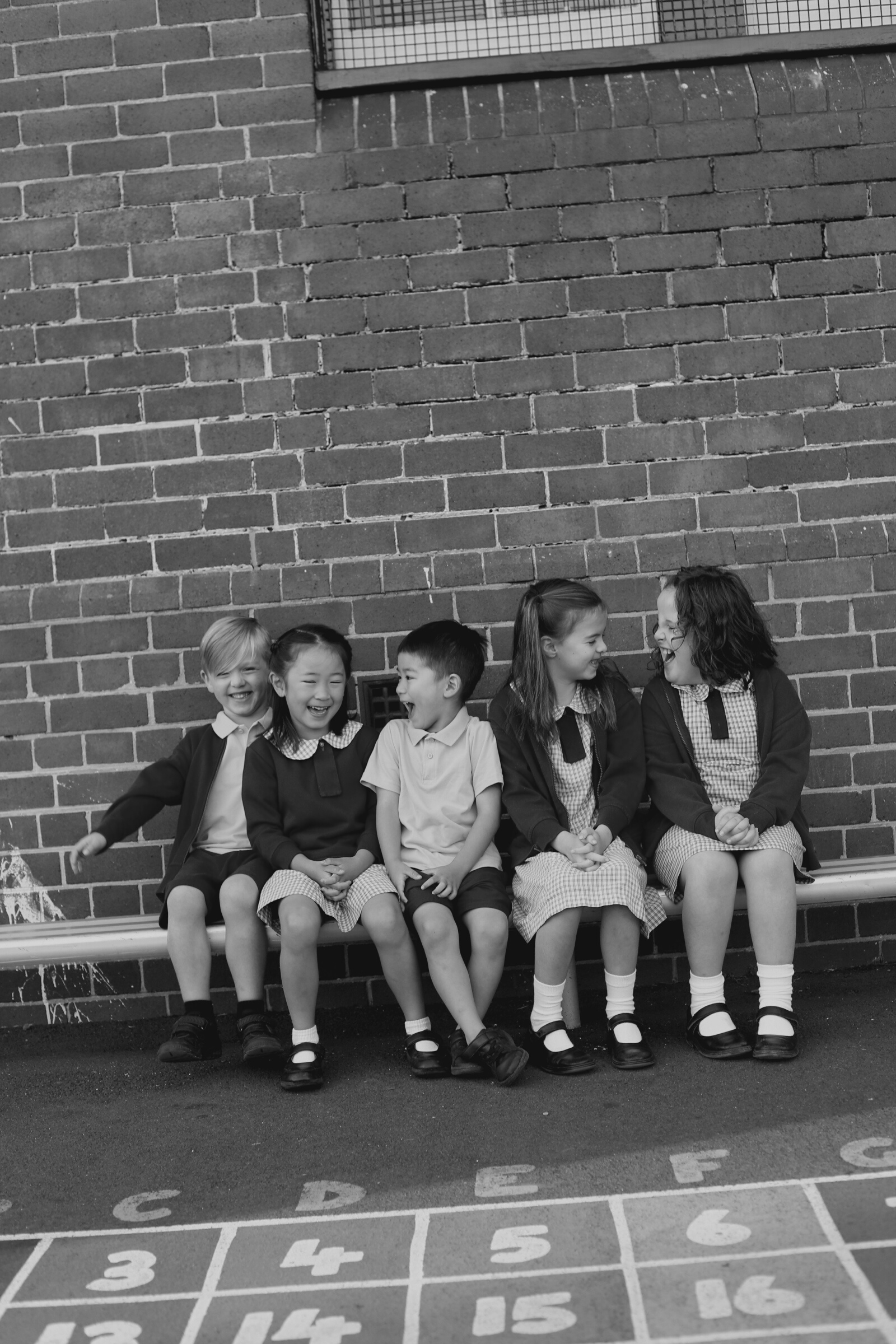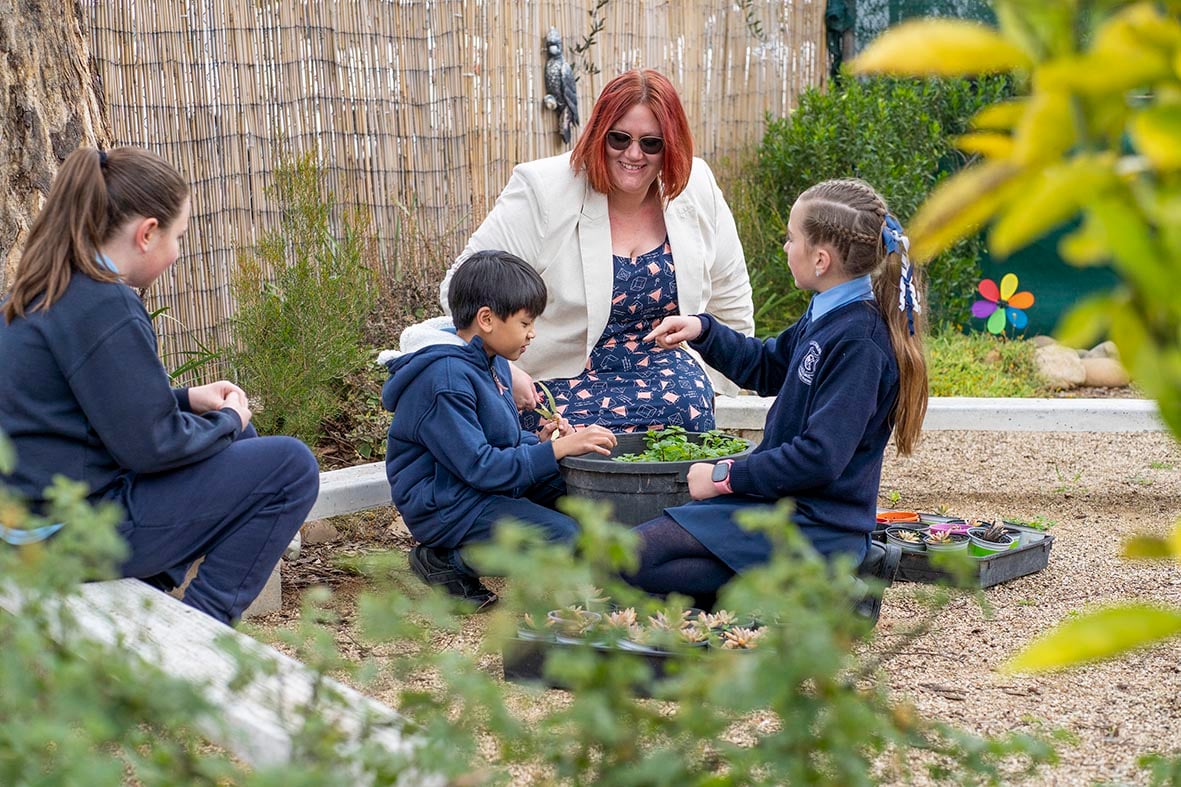
EDUCATION IMPROVES LIVES AND HELPS SUPPORT A THRIVING SOCIETY
People with a great education have better standards of health, wealth, wellbeing, social mobility and have fewer interactions with the justice system. A well-educated workforce also fuels a nation’s economic performance.
Children from disadvantaged backgrounds are more likely to start school behind, struggle to catch up, and leave school before Year 12.
What is the education gap?
The education gap is the difference in achievement between students with varying levels of advantage throughout their development. Researchers have measured the gap’s impact on children and young people at critical times in their lives:
Early years – Aged 4-11
The foundation for future learning and outcomes later in life
• Children facing disadvantage are twice as likely to be unprepared for school.
• Each year, 22% or 68,000 4-5-year old’s start school developmentally behind
School years – Aged 12-19
School success dramatically influences a child’s further education and training or employment
• By the age of 15, children facing disadvantage can be almost 3 years behind their peers
• Only 61% of children facing disadvantage finish high school, compared with 89% of the most advantaged.
After school – Aged 19-24
Decisions now can have lasting effects on future job opportunities and life chances
• Even among high achieving students, only 74% of those from low socioeconomic backgrounds are expected to complete a university degree, compared with 92% from high socioeconomic backgrounds
• Over one-quarter of all young Australians at the age of 24 are not earning or learning.
Key factors that influence the education gap:
> Low socio-economic background
> First Nations background
> Regional, rural and remoteness
> Language backgrounds other than English
> Students with additional needs
“The relationship between education and poverty [in Australia] is one of double jeopardy: not only are the poor unlikely to participate in all levels of the education system to the same extent as the advantaged, but their experience in education is less likely to result in favourable outcomes. This ‘double jeopardy’ perpetuates the cycle of poverty.” – Australian Senate Report on Poverty and Financial Hardship

UP TO HALF
of all students in very remote areas are behind in key educational milestones for their age
OUT OF 37 OECD
countries, only Chile and Turkey rank lower than Australia in the difference in resources for schools in disadvantaged versus advantaged areas
For further reading on the impact of disadvantage on education, read this report by Mitchell Institute.
Schools Plus was founded following a recommendation in the Gonski Review of Funding for Schools in 2011, to deliver philanthropic support to schools in areas of disadvantage. Working with teachers and school leaders, we empower schools with funding, coaching and resources to implement initiatives that will help their students succeed, therein working to close the education gap.